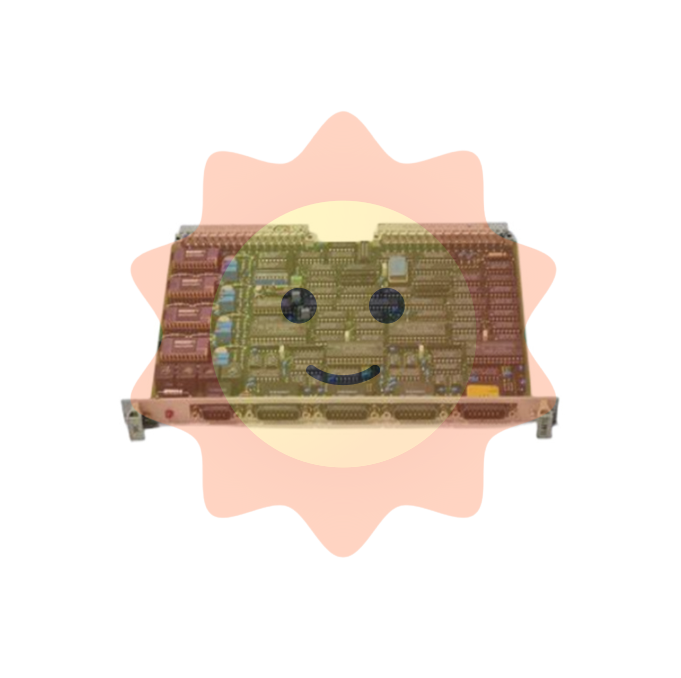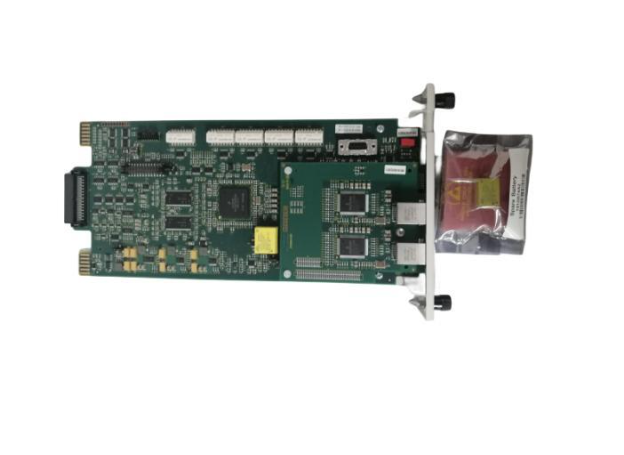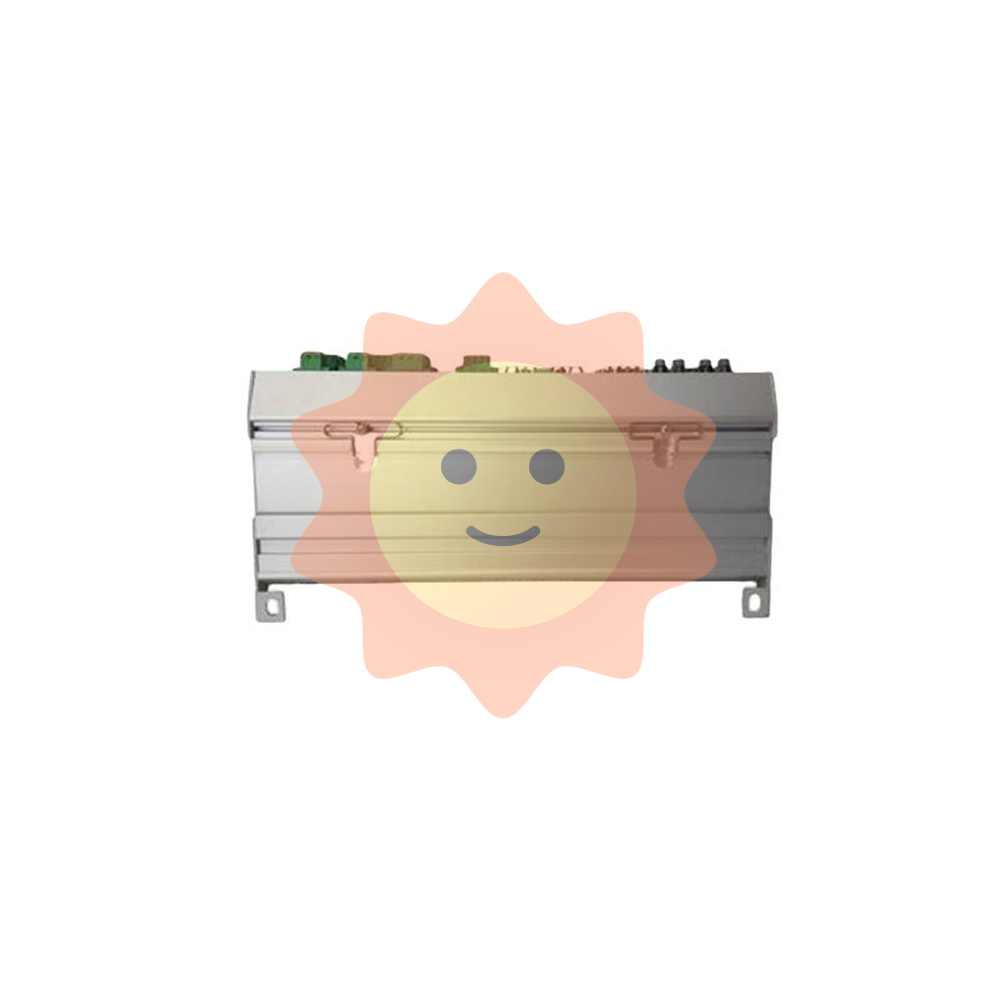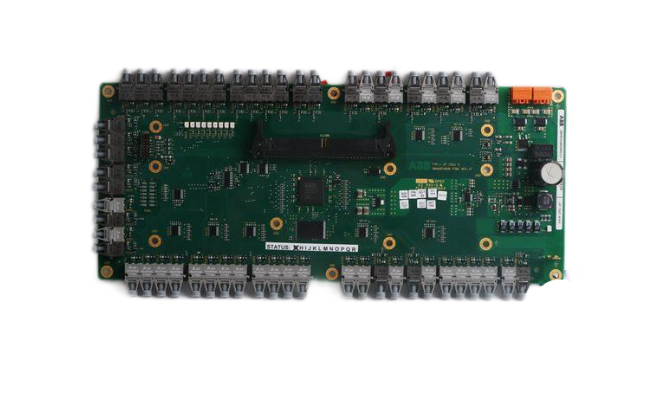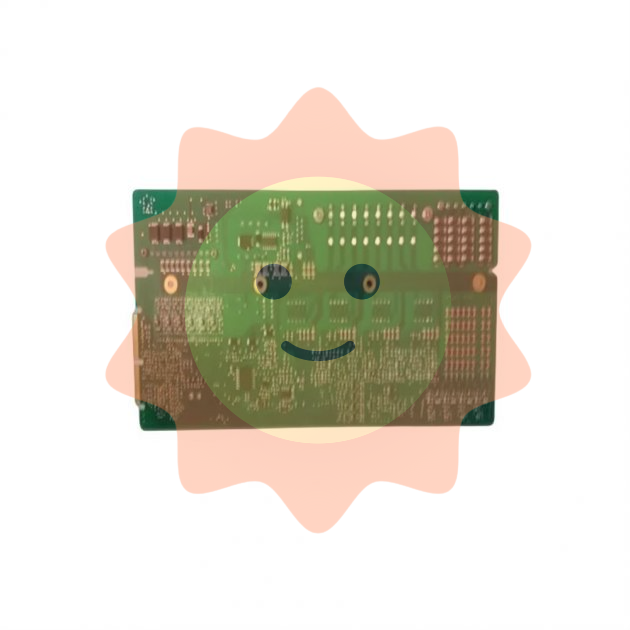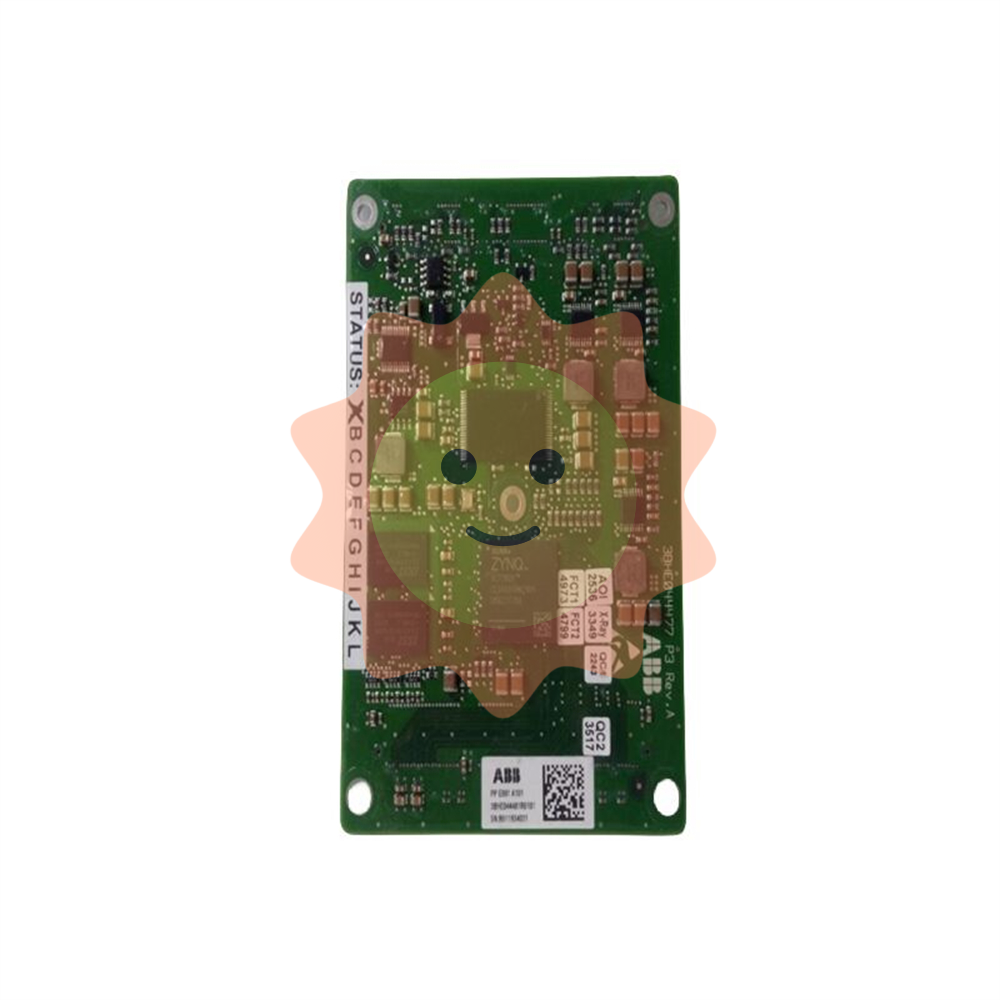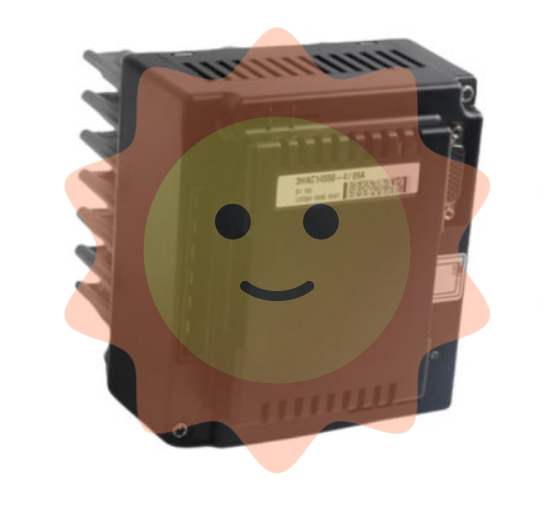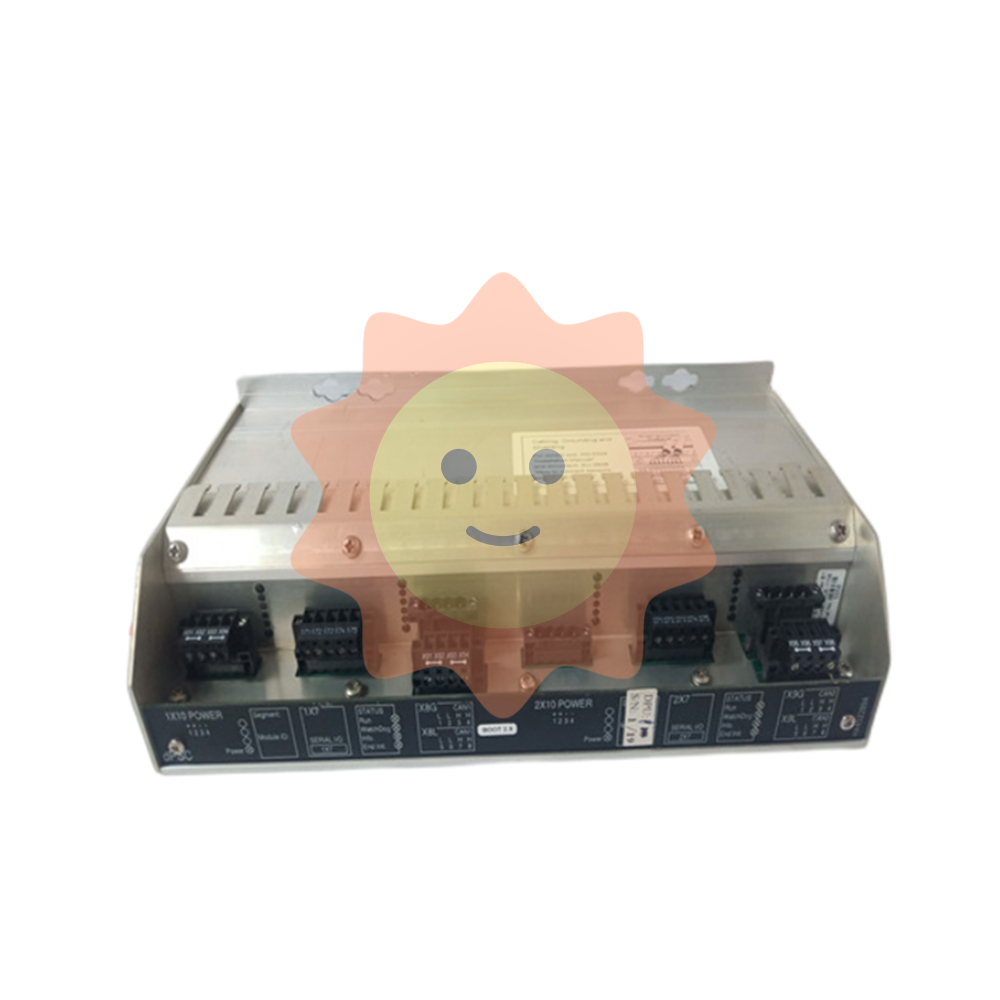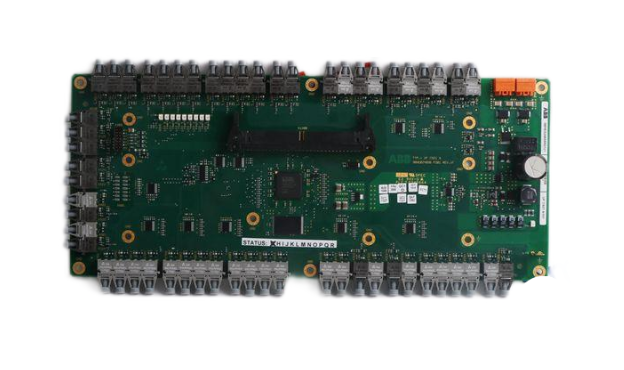How to correctly use prepress production to reduce printing costs
As we all know, pre-press production is the most critical step to complete product printing processing, and all subsequent processes need to be reworked, resulting in increased production costs. Therefore, how to correctly use prepress production to reduce the cost of printing production is very important. In this paper, the author discusses the prepress treatment methods and precautions, hoping to help the printing practitioners.
The importance of prepress production in the printing process
With the rapid development of the Internet and digital technology, digital printing is subverting traditional printing, but whether it is digital printing or traditional printing, it is inseparable from pre-press production. The prepress production mentioned in this paper mainly refers to the layout design of prepress documents. The completion of a printed matter mainly includes pre-typesetting design, proofing, finalizing, plate making, printing, post-processing, quality inspection, packaging and delivery. Prepress production is the beginning of the entire printing process, it is an important part of printing quality control, and printing is a means of semi-finished products and mass reproduction. If the prepress design staff understands the characteristics and requirements of printing, they can communicate the design and production concept more effectively to achieve the best printing results. On the contrary, if the prepress designer has a lack of understanding of the printing characteristics, it will be technically difficult to achieve the design draft when it is delivered to the printing press, and even cannot be printed, which will cause an unnecessary increase in printing costs. Therefore, pre-press production personnel need to understand the various processes of printing, skilled use of various typesetting and Mosaic software, can accurately and effectively carry out pre-press processing, and can timely find pain points when problems occur in the subsequent process, so as to effectively reduce printing production costs.
Prepress document production pay attention to what problems
The main purpose of prepress file processing is to process text information and graphics, image information processing, you can choose Adobe Photoshop, Adobe Illustrator, Adobe Indesign, Coreldraw and other graphic image processing software for production. The problems that need attention in the production of prepress documents mainly include the following aspects.
1. Color mode. Different color modes will lead to different printing effects, when the file color mode is RGB, such as the document to do single black printing, after customer confirmation, the document can be converted to gray; If the document is printed in 4 colors, you need to notify the customer to provide the document again, or authorize the prepress production staff to convert the color space to ensure that the document meets the color space required for printing (CMYK, GRAY).

2. Trap, that is, make up the leak white, also known as expansion and contraction. It is mainly to make up for the leakage between two adjacent different colors caused by inaccurate printing overprinting. Four colors of anti-white characters must be done trapping (requires more than two colors of anti-white characters or color blocks need to do explosive fertilizer treatment). The implementation of trap processing should also follow certain principles, under normal circumstances is to expand the color does not expand the color, expand the light color does not expand the dark, and expand the net without expanding the field. Sometimes it can be mutually expanded, and in special cases it is necessary to reverse trapping, and even add a gap between the two neighboring colors to make up for the overprinting error. The size of the trapping amount should be determined according to the characteristics of the substrate material and the overprinting accuracy of the printing system, and can also be determined according to the printing accuracy or requirements of the customer. The trapping amount of the offset printing is generally smaller, about 0.05mm ~ 0.1mm, and the trapping amount of gravure and flexo printing is larger, generally 0.2mm ~ 0.3mm. Trap can be manually adjusted by the design software, or automatically adjusted by the printing equipment process (such as the Heidelberg Cockpit process), in actual operation, according to the specific conditions of the document, choose the appropriate method to do trapping. As shown in Figure 1, select the property to Overprint by adding a stroke to the spot color.
3. Bleeding. The bleeding design of printed matter is very flexible, if the color box size is less than 25in×38in, or the card box, the bleeding level is 3mm, if the pit box is larger than 25in×38in, the bleeding level is 5mm, and if it is large and fully open, the bleeding level can be 10mm. For the color box to check the double knife position, the bleeding should be divided, of which the card box at the box position bleeding 3mm, the rest must be hollow, the hole box at the box position bleeding 5mm, the large open hole box sticky position can do 10mm bleeding. 4. Bite position setting. Generally, the bite size is 10mm ~ 12mm. In the process of assembling, when calculating the paper size and page position, the bite size must be considered, and the bite width must be added when setting the page size.
- EMERSON
- Honeywell
- CTI
- Rolls-Royce
- General Electric
- Woodward
- Yaskawa
- xYCOM
- Motorola
- Siemens
- Rockwell
- ABB
- B&R
- HIMA
- Construction site
- electricity
- Automobile market
- PLC
- DCS
- Motor drivers
- VSD
- Implications
- cement
- CO2
- CEM
- methane
- Artificial intelligence
- Titanic
- Solar energy
- Hydrogen fuel cell
- Hydrogen and fuel cells
- Hydrogen and oxygen fuel cells
- tyre
- Chemical fiber
- dynamo
- corpuscle
- Pulp and paper
- printing
- fossil
- FANUC
- Food and beverage
- Life science
- Sewage treatment
- Personal care
- electricity
- boats
- infrastructure
- Automobile industry
- metallurgy
- Nuclear power generation
- Geothermal power generation
- Water and wastewater
- Infrastructure construction
- Mine hazard
- steel
- papermaking
- Natural gas industry
- Infrastructure construction
- Power and energy
- Rubber and plastic
- Renewable energy
- pharmacy
- mining
- Plastic industry
- Schneider
- Kongsberg
- NI
- Wind energy
- International petroleum
- International new energy network
- gas
- WATLOW
- ProSoft
- SEW
- wind
- ADVANCED
- Reliance
- YOKOGAWA
- TRICONEX
- FOXBORO
- METSO
- MAN
- Advantest
- ADVANCED
- ALSTOM
- Control Wave
- AB
- AMAT
- STUDER
- KONGSBERG
- MOTOROLA
- DANAHER MOTION
- Bently
- Galil
- EATON
- MOLEX
- Triconex
- DEIF
- B&W
- ZYGO
- Aerotech
- DANFOSS
- KOLLMORGEN
- Beijer
- Endress+Hauser
- MOOG
- KB
- Moxa
- Rexroth


Email:wang@kongjiangauto.com
































































































